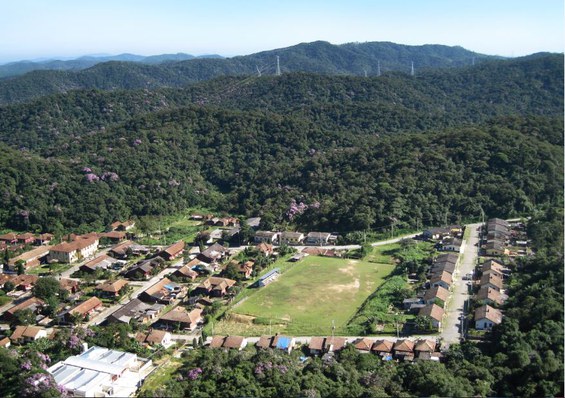Paranapiacaba, the first railway village in São Paulo State, established in 1867, was constructed in the quintessential 19th-century English style. The creation of the zig-zag railway line, traversing steep hills, represented a significant engineering feat, underscored by Paranapiacaba’s pivotal logistical role. Strategically positioned between São Paulo and Santos, and cutting through the lush Atlantic Forest, the railway was essential for exporting coffee beans via the port of Santos and transporting immigrants to coffee plantations and burgeoning industries throughout São Paulo State. The town itself was purpose-built to accommodate railway workers and their families.
The village flourished for decades, until automated machinery superseded the labor-intensive funicular system. Although the railway remains operational for cargo transport, passenger trains have been inactive since 1982. Paranapiacaba’s tourism potential, stemming from its natural beauty and significant heritage, remains largely unexplored. However, economic diversification is paramount for a creative-economy-driven development of the village. This imperative formed the core objective of the study conducted by Garimpo de Soluções, in collaboration with Brasil Restauro, a pioneering heritage studio with nationwide operations. The strategic plan encompassed comprehensive and cross-sectoral desk research, the design and execution of a full population census, and numerous in-depth interviews.
The final report was completed in July 2021 and presented in a series of sessions to MRS (the railway company sponsoring the project), the Santo André City Hall (which acquired the village in 2002), and the local community.
Download available in Portuguese: Vila de Paranapiacaba – Diretrizes de economia criativa para o desenvolvimento territorial – relatório final


